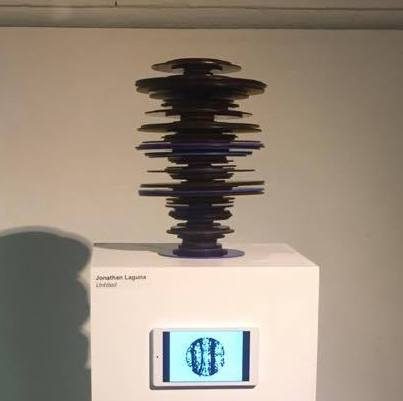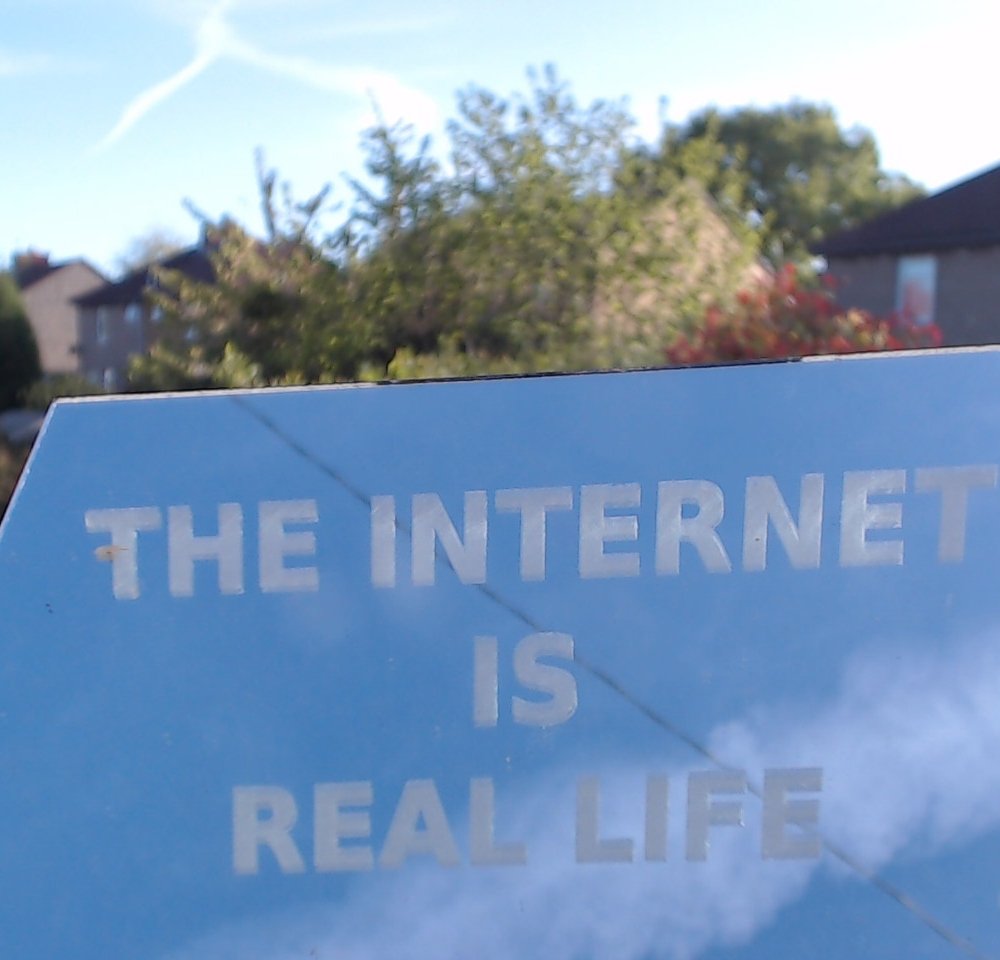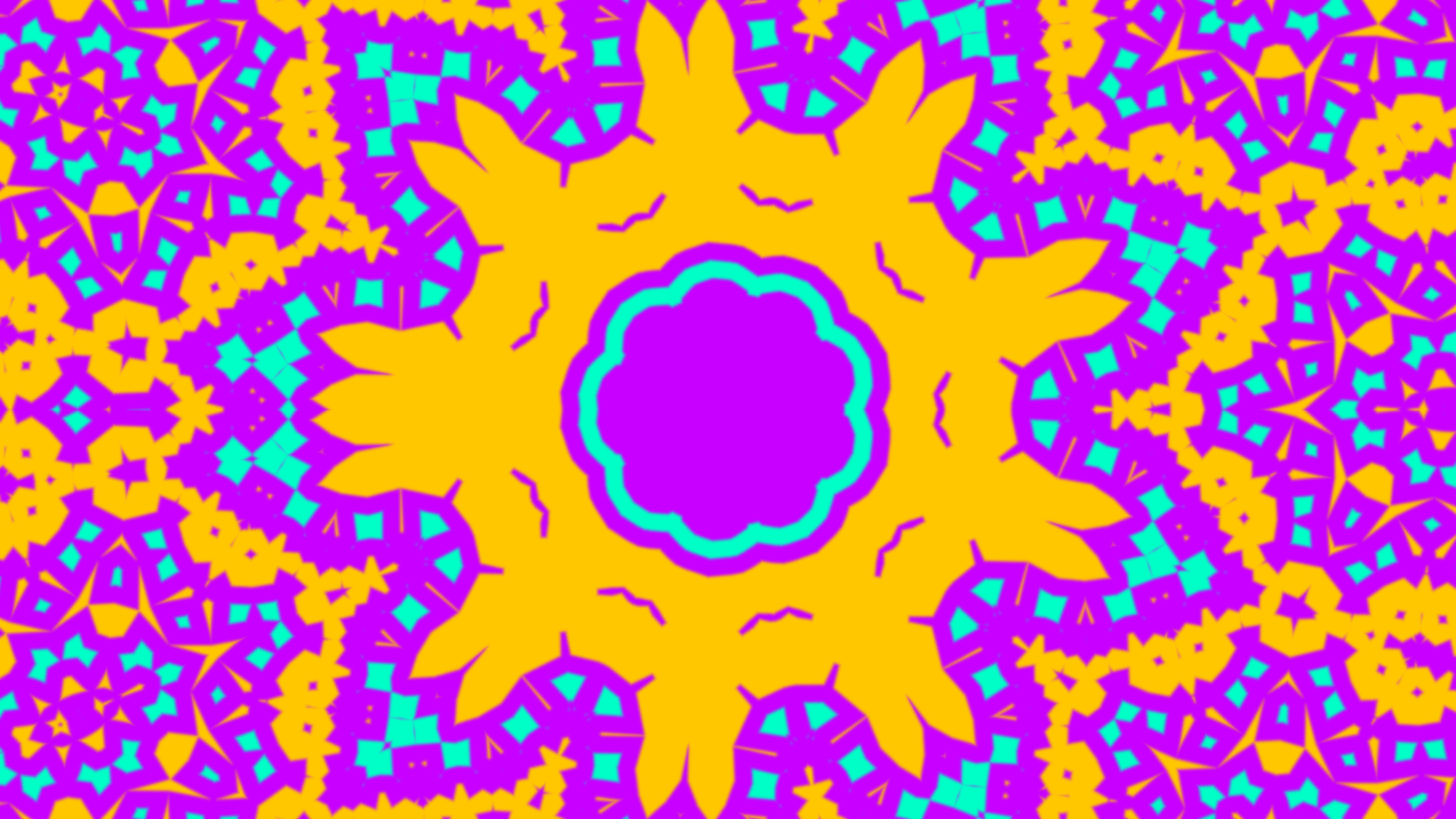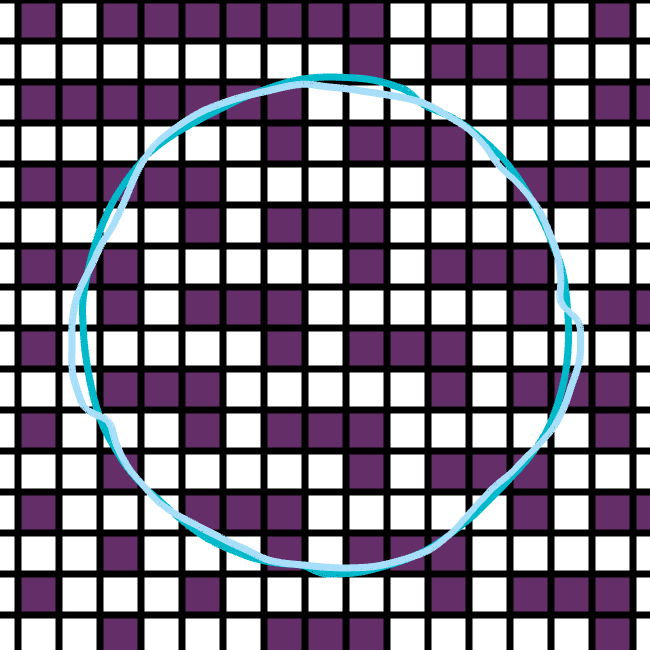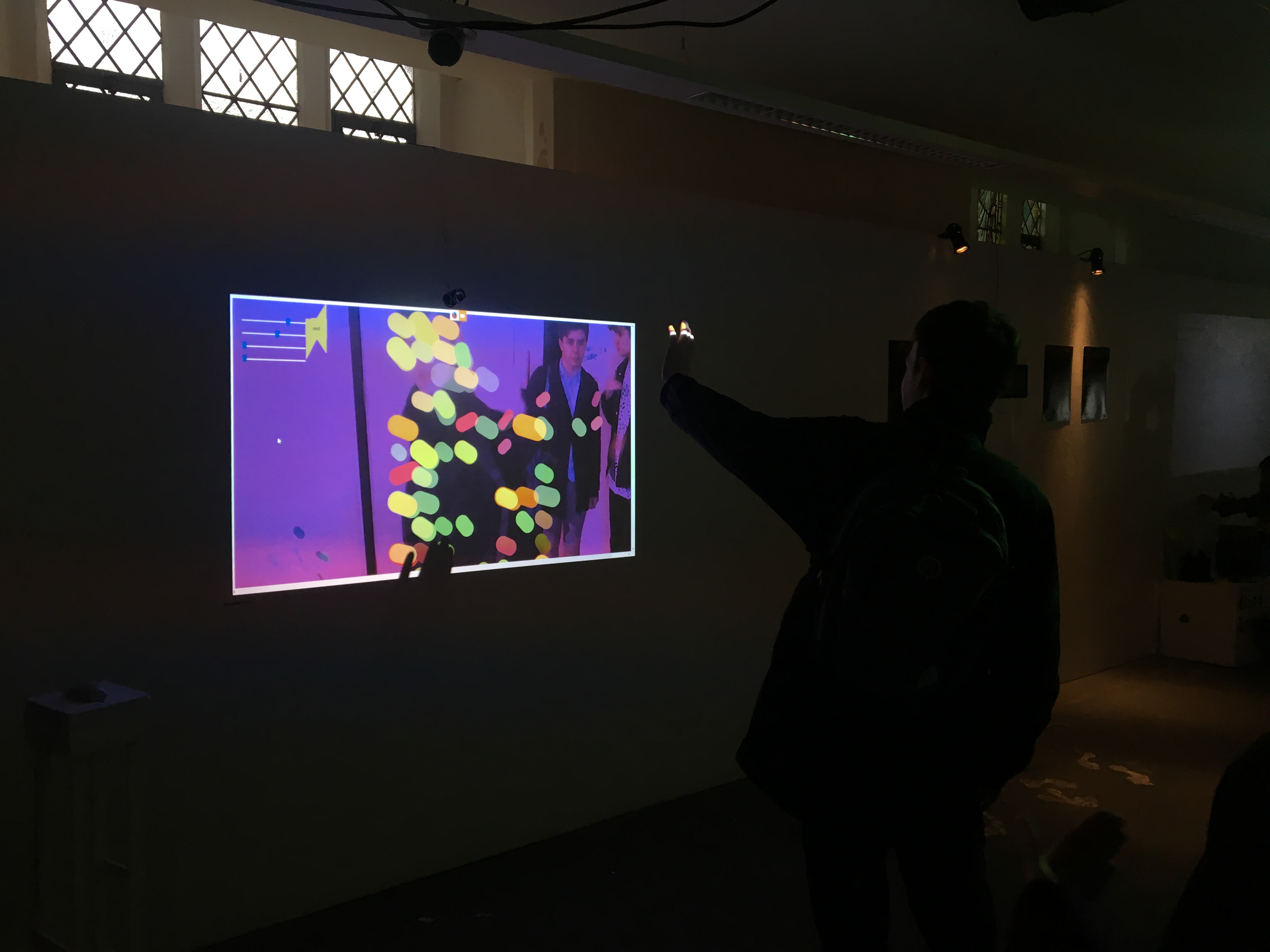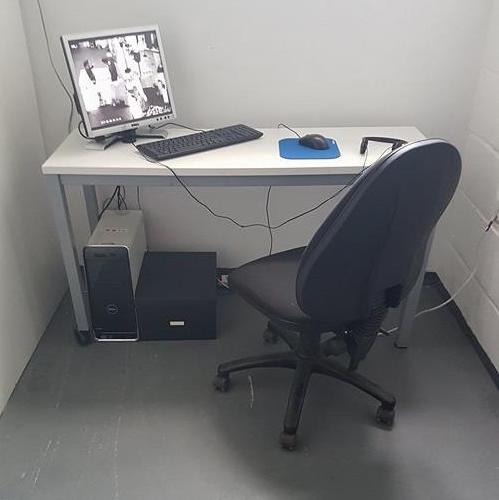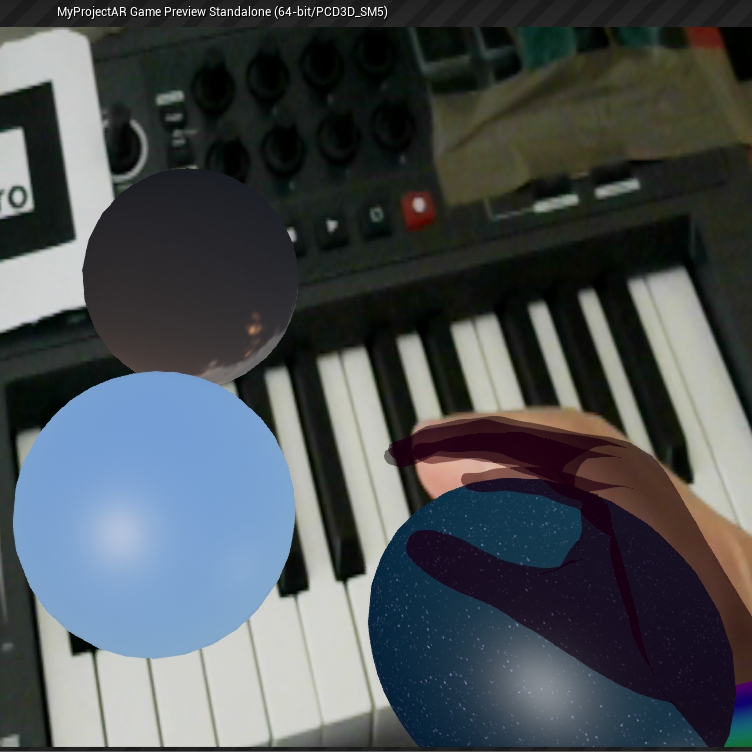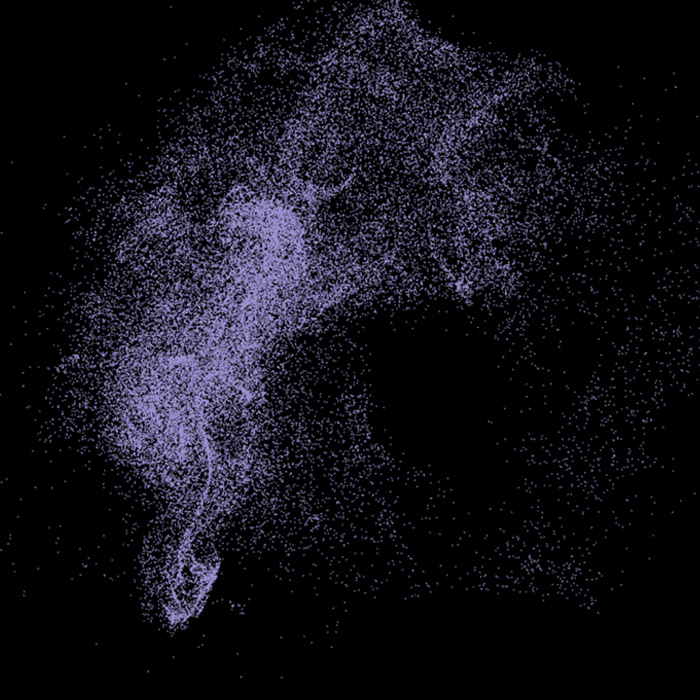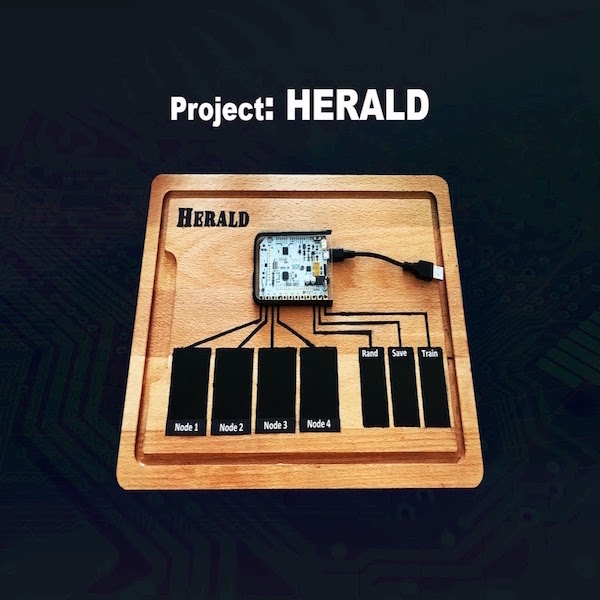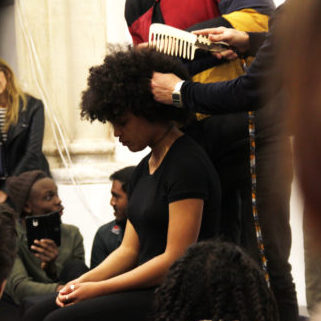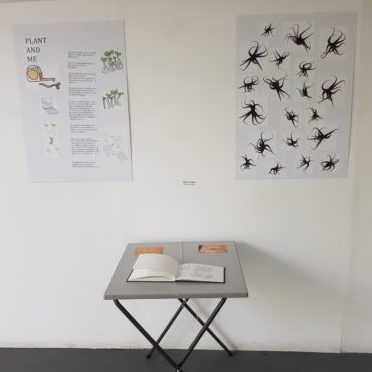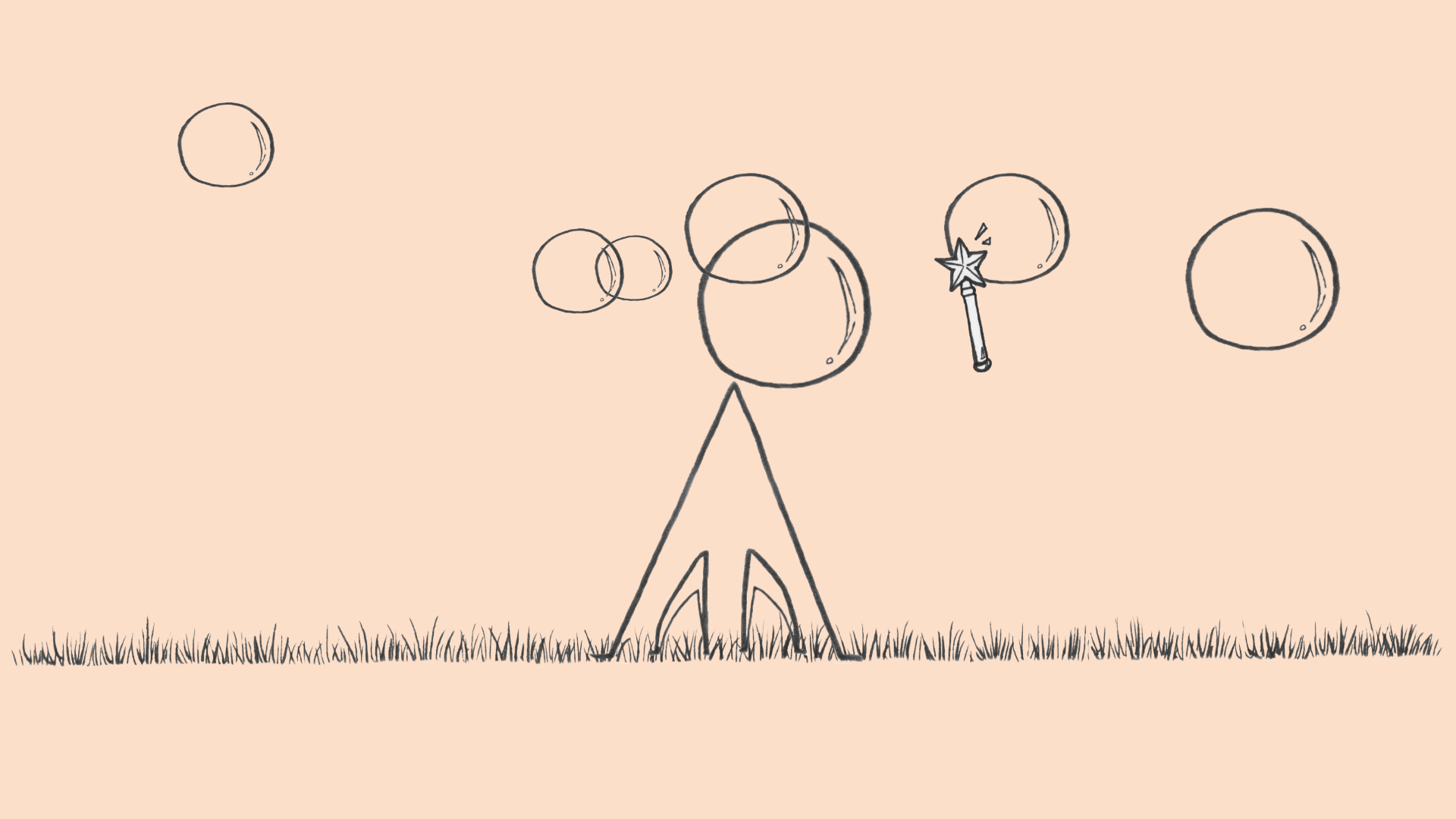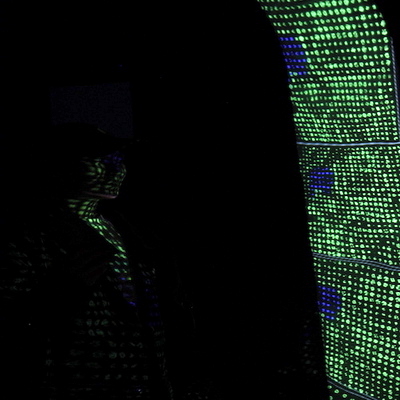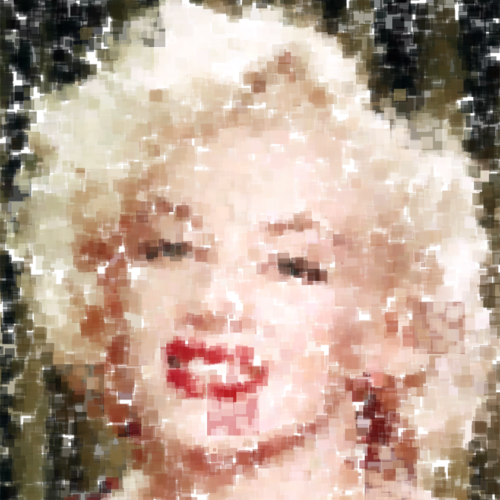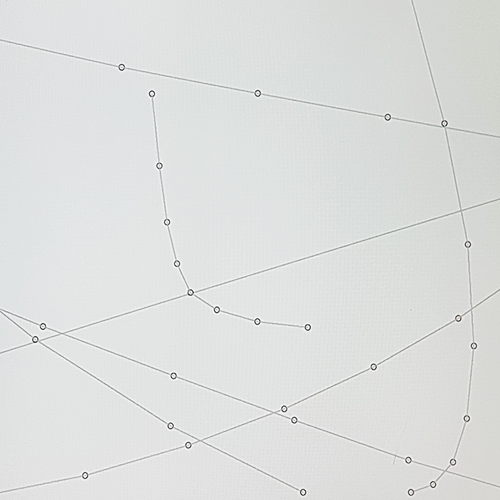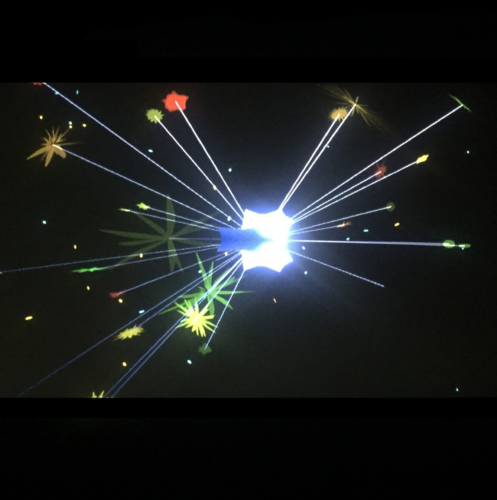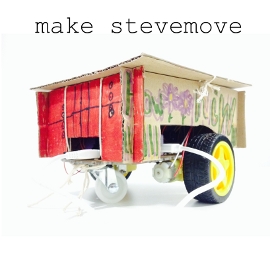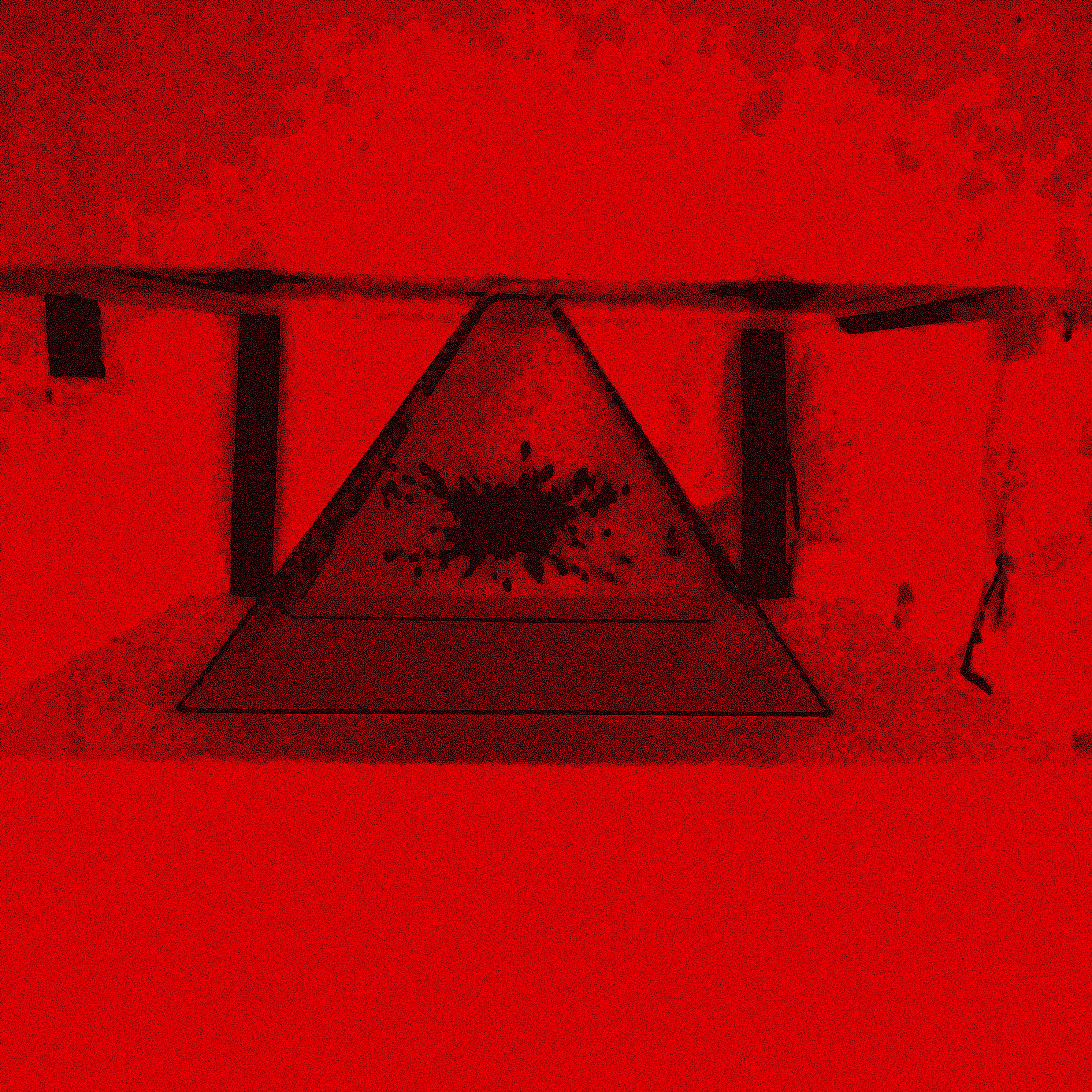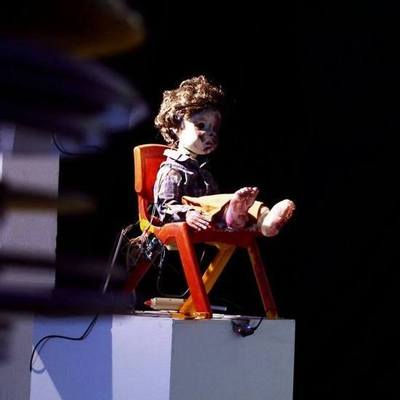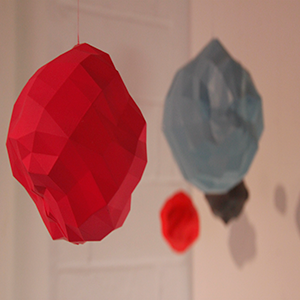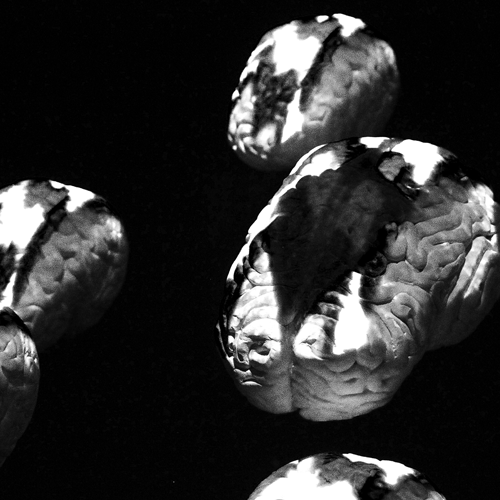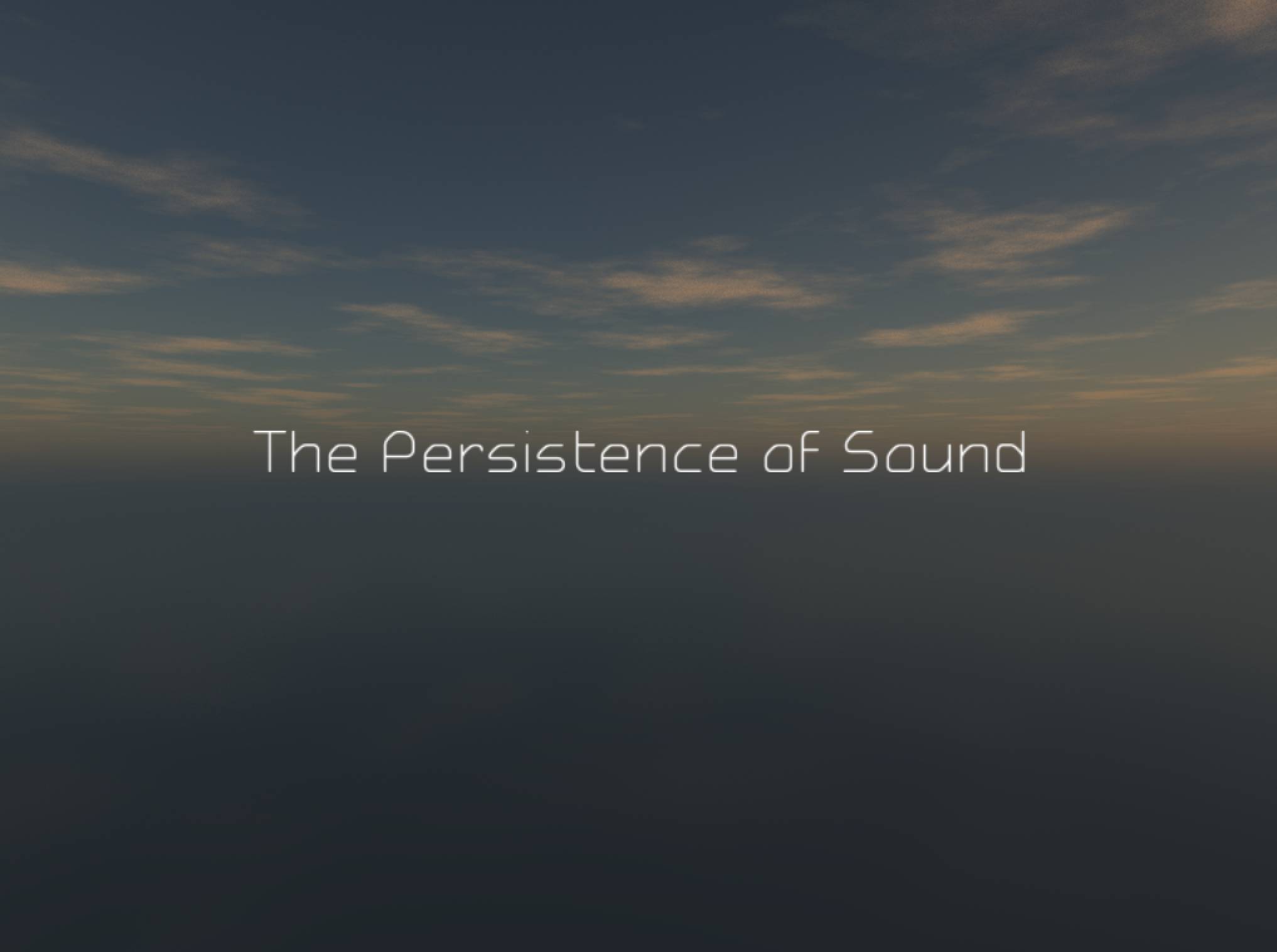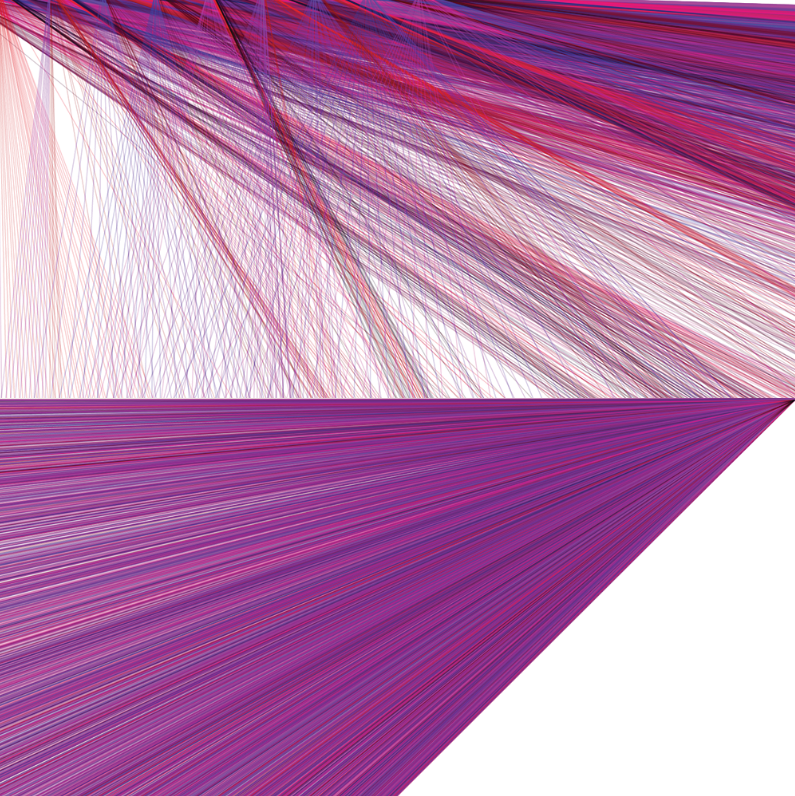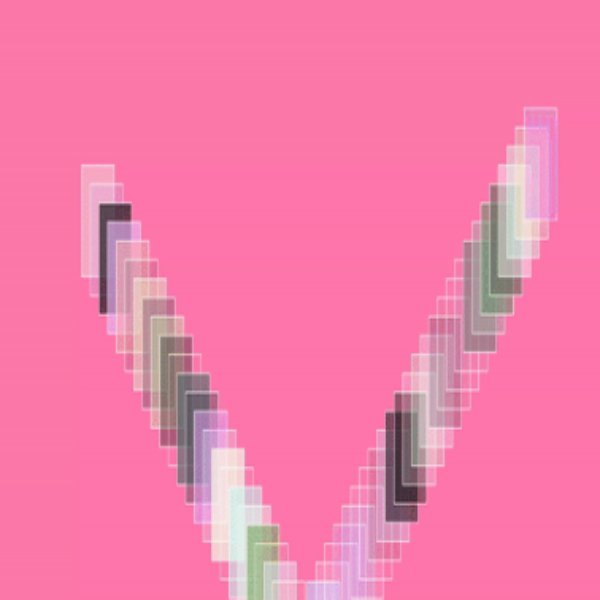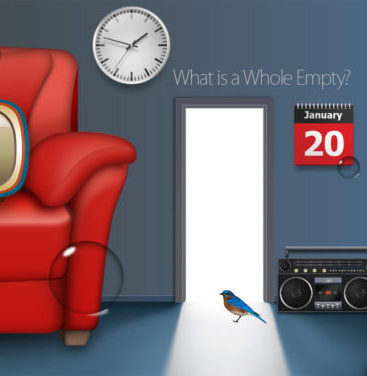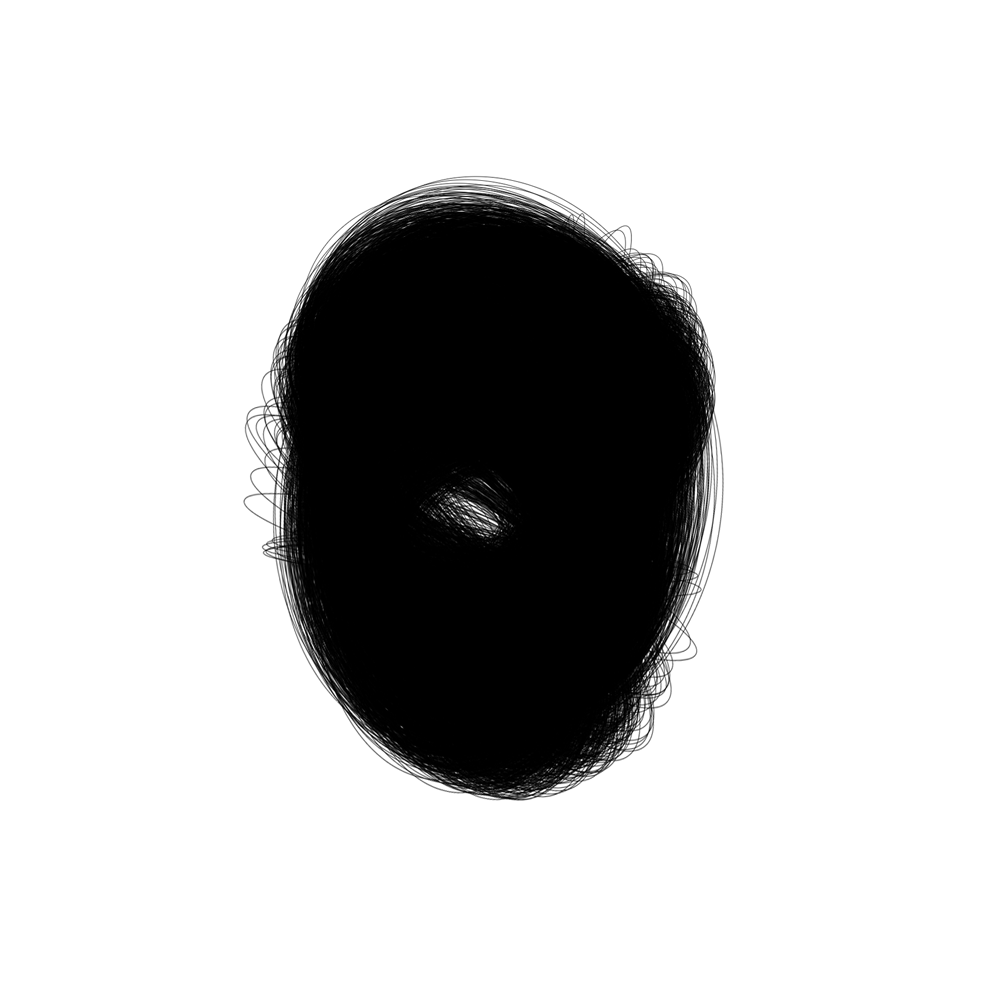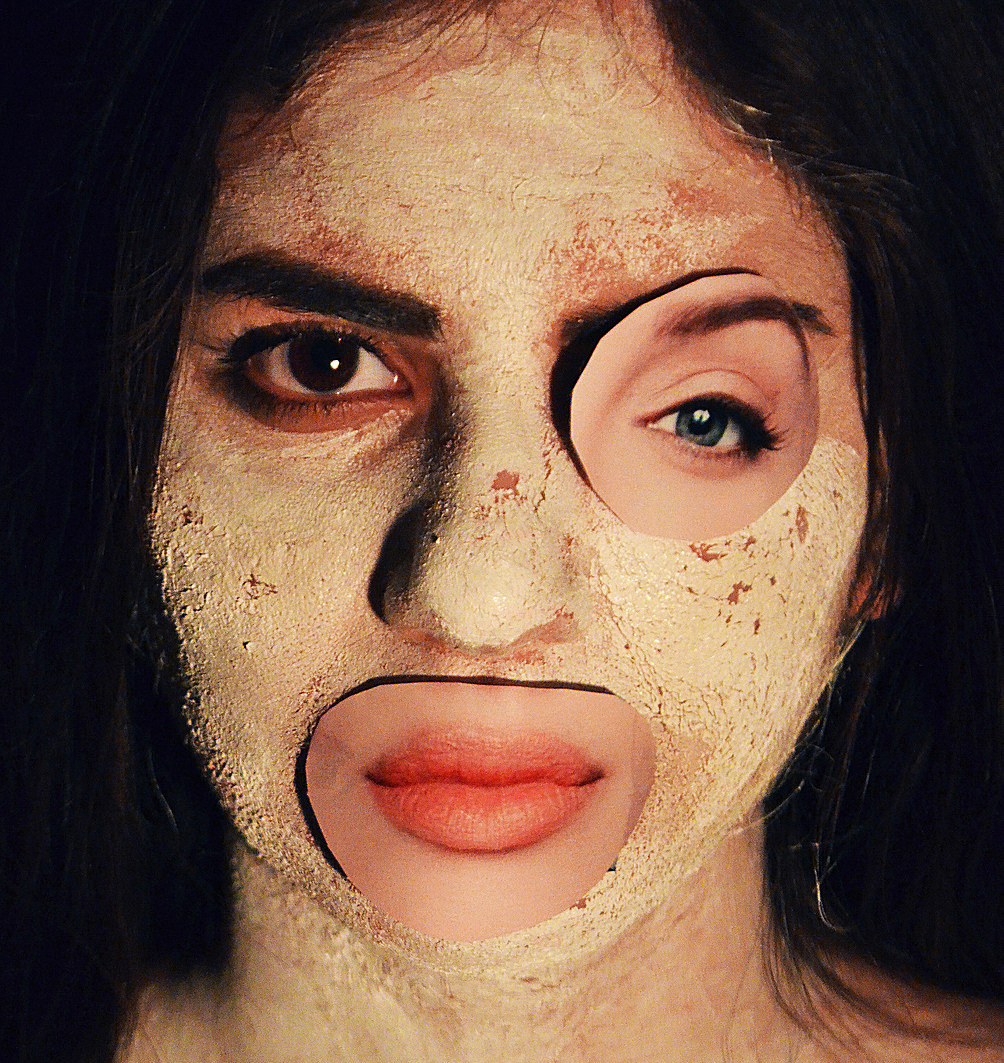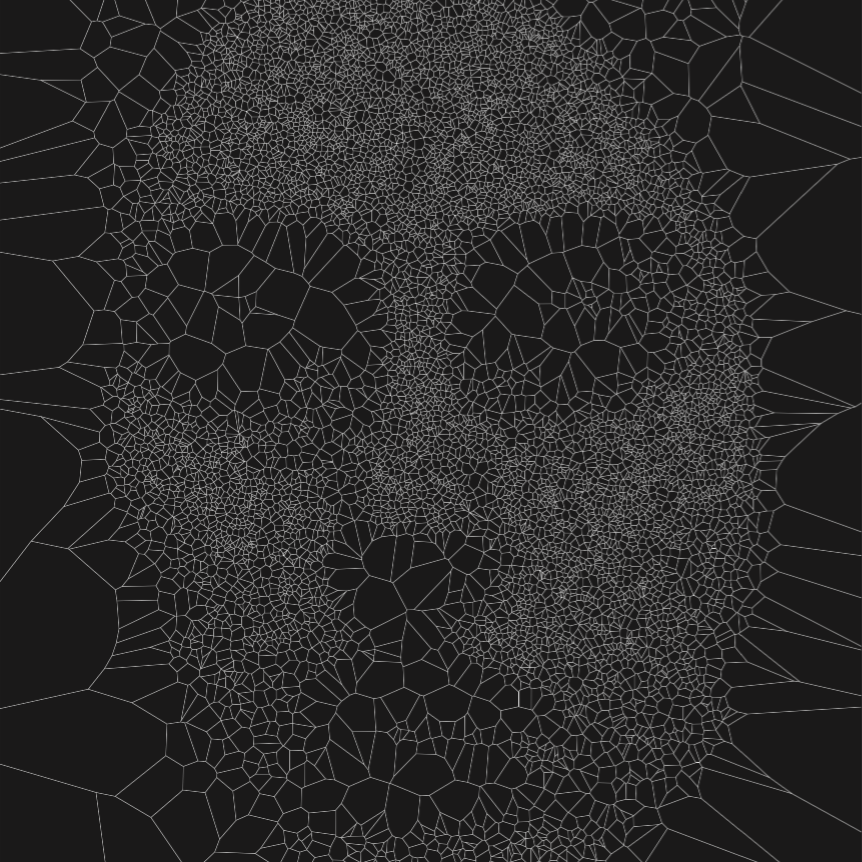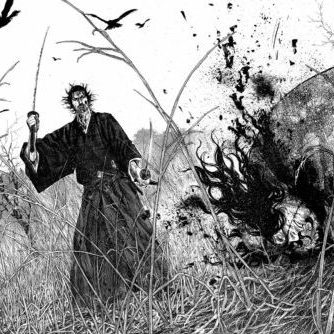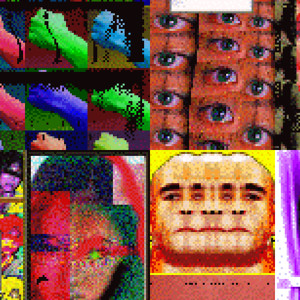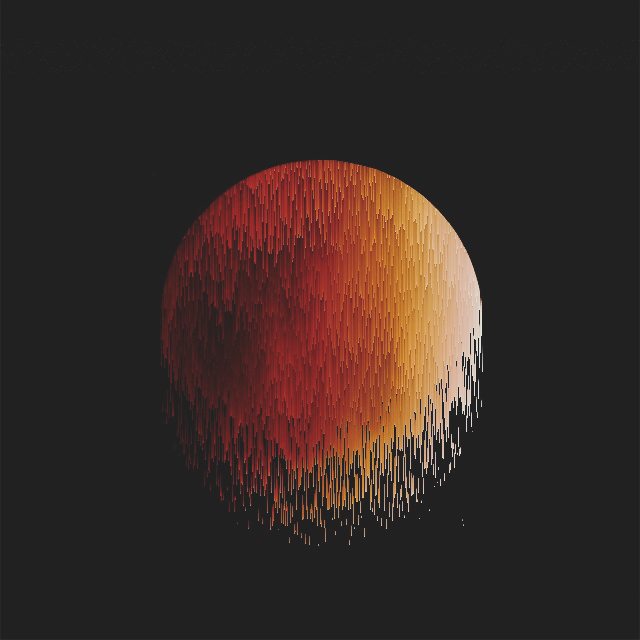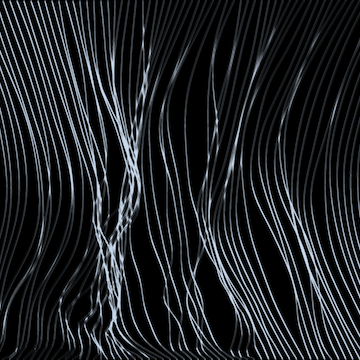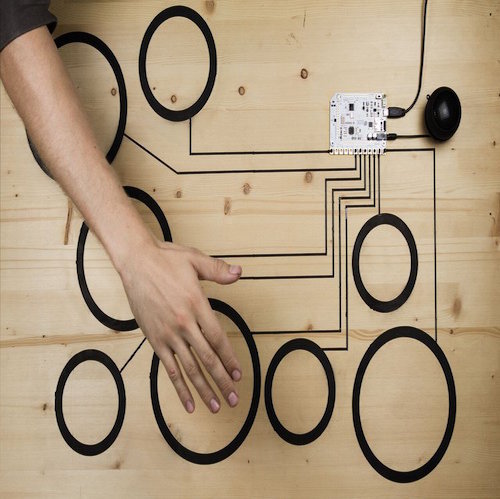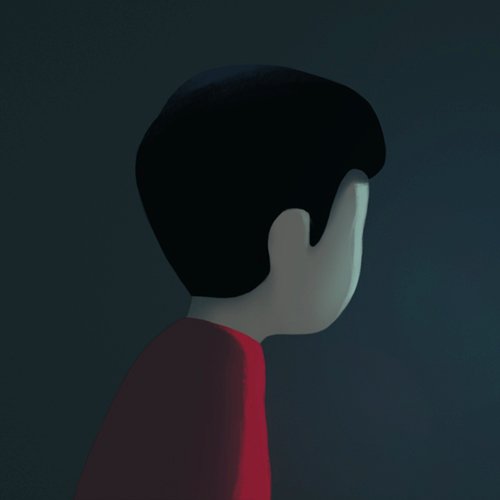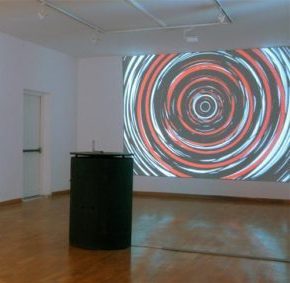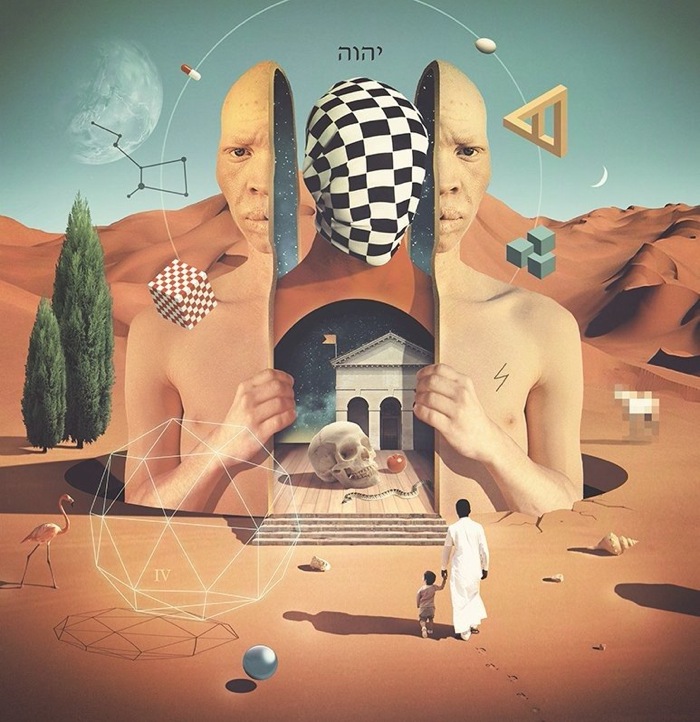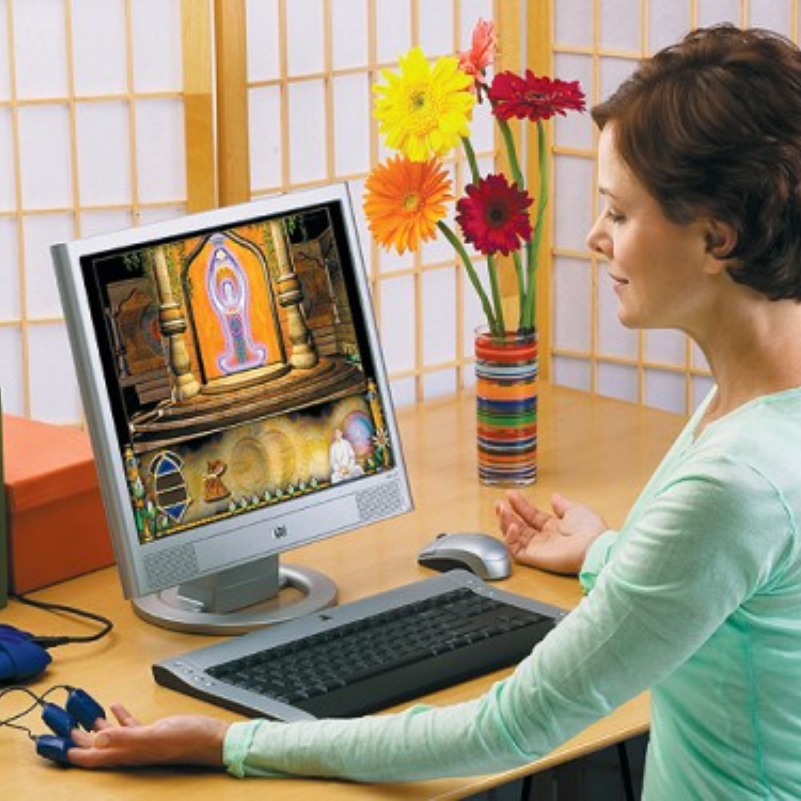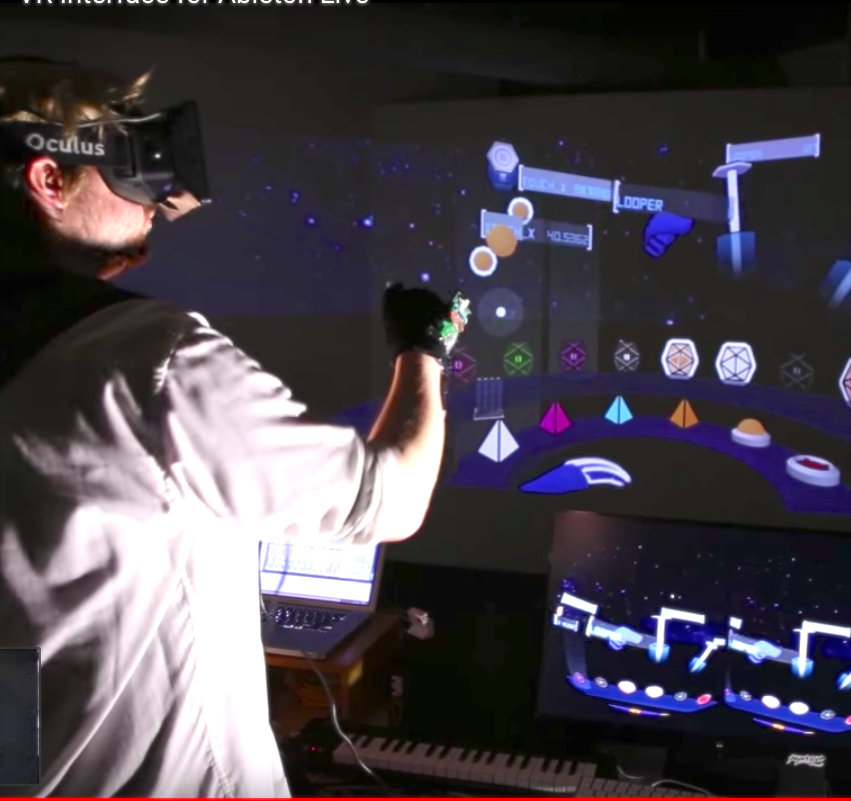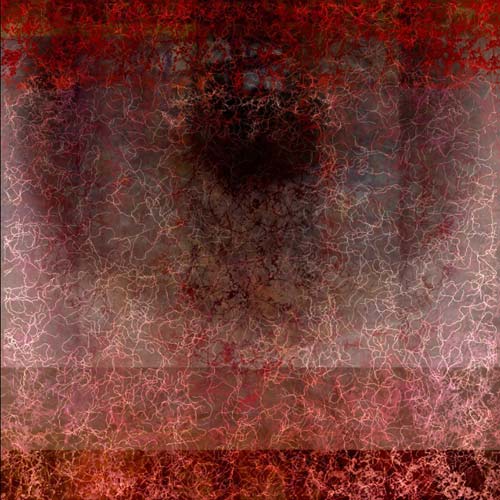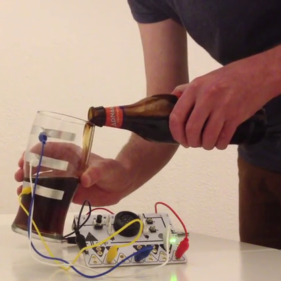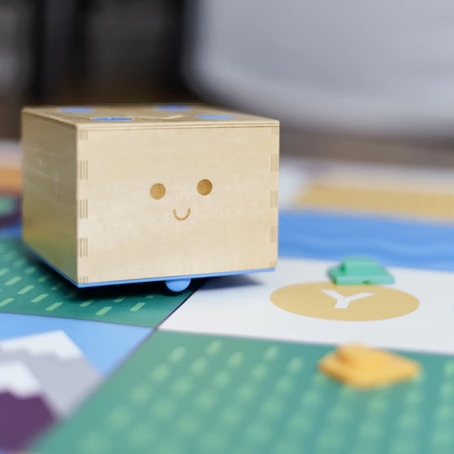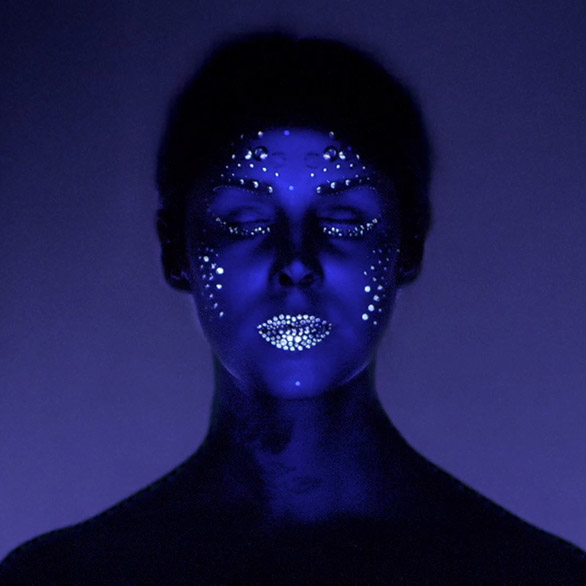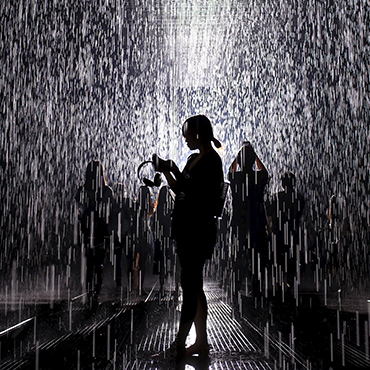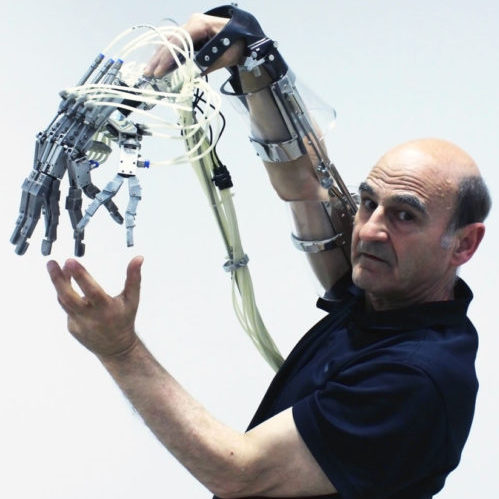Immersion, Fear and Art in Games
by: Dean Samuel
Introduction
This post will discuss a variety of games in the horror genre, looking specifically into how successful games create atmospheres that immerses the player and creates tension within its tale. As well as looking into in small detail, gaming as a form of art.
I would first like to focus my attention to the independent games developer Playdead. The company was founded by games designer Arnt Jensen in 2006, since then they have created two critically acclaimed side scrolling platform games, Limbo and Inside.
Limbo is presented with a unique, monochrome art style, accompanied with somber audio that compliments the visuals to create an eerie and immersive atmosphere. Inside introduces colour to highlight parts of the environment, despite this it still manages to construct an uncanny setting. Both games feel and play very similar, the main difference being updated visuals from 2D to 2.5D in Inside, the product of switching to the 3D game engine Unity to simplify development.
Limbo makes use of monochrome and film grain effects to create the old fashioned film noir genre look, very mysterious and dark. The aesthetics and music direction Playdead produces classify their work as an example of video games as a form of art. Often compared to watching a film, animation or reading a novel. The minimalistic controls (consisting of movement, jumping and grabbing) allow simple gameplay. Without text clues or on screen dialogue, a unique experience is created opposed to your standard video game.
This trailer better shows the games visuals than I could explain, you can gather a sense of how the game creates tension, of which there are many ways. Inside is a game that doesn’t necessarily have a beginning, there is no main objective so the player is exploring out of curiosity. The games deliberate design of not knowing what is to come creates fearful exploration. Both games make use of relatively powerful enemies and scripted events to create fear and tension. They take the player through unnerving environments and make us carry out disturbing actions to survive. Though limbo and Inside use a child as the protagonist, the game features unsettling death animations animations and make us questions the norm of his actions.
Audio is a key component when developing a game, it helps add to the feeling that the world is living in ways aesthetics cannot. Instead of using a score/soundtrack, Inside uses eerie audio to compliment the graphics, they did this by routing pre-recorded sound through a human skull and recording the result, “a bone conducting sound that created a sombre, chill quality”.[3]
That being said, It also uses a lack of sound to create tension at times. A real time breathing algorithm was created to portray the boy’s emotions. Depending on the situation he is currently in, his breathing pattern will range from neutral to panicked. A technique used in some horrors to get the viewer/player to experience the same emotion with the character.
Dark Echo is an atmospheric horror game that doesn’t rely on in game assets to create its visuals. Instead it uses a visual sound system to create patterns and get feedback from the environment by bouncing the sound off walls. It is a visualization of echolocation in a way. This game is best experienced with earphones where stereo sound is at full effect. Echolocation and reliance on sound may be some features that I wish to implement for my project.
Games like these express creative skill and imagination visually as well as having their own form of musical art to create an interactive experience; they share many qualities with other visual art forms such as sculpture(2D/3D models), design, and narrative counterparts such as filmmaking and video. "There are games out there that are worthy enough to earn the distinction of being art, and as technology advances, developers are able to create richly detailed creative worlds that can further immerse the player."[4]
While I have specifically focussed on independent games developers, there are larger companies such as Naughty Dog that combine well written narratives with superior visual design and good gameplay. Uncharted 4 and The Last of us are games that I feel are also examples gaming as a form of art. This video (1 of 5) explains some of the reasons that drive the narrative and visuals.
Demographics
Studies by Stuart Fischoff suggest that some of us are attracted to horror film and media because “it allows us to rehearse possible threatening scenarios from a position of relative safety. Movie monsters provide us with the opportunity to see and learn strategies of coping with real-life monsters should we run into them, despite all probabilities to the contrary”.[1] There is also a sensation from experiencing controlled horror, there is a relief that occurs after escaping death. Limbo and Inside are exceptionally good at creating the illusion of danger and narrowly escaping dangerous situations. Furthermore, people who seek thrill are able to purchase horror movies and games at a relatively cheap price compared to other activities such as bungie jumping or skydiving which is why they are some of the most popular activities.
Studies show that mobile gaming is growing rapidly and is due to overtake all other forms of gaming by 2017.[2] With technology rapidly improving and mobile phones becoming more powerful, games like Limbo and Dark Echo are able to run smoothly and effectively reach a larger audience. This has the added convenience of not needing a pc or games console, being able to play on the go will ultimately attract more casual gamers who like to play in their spare time.
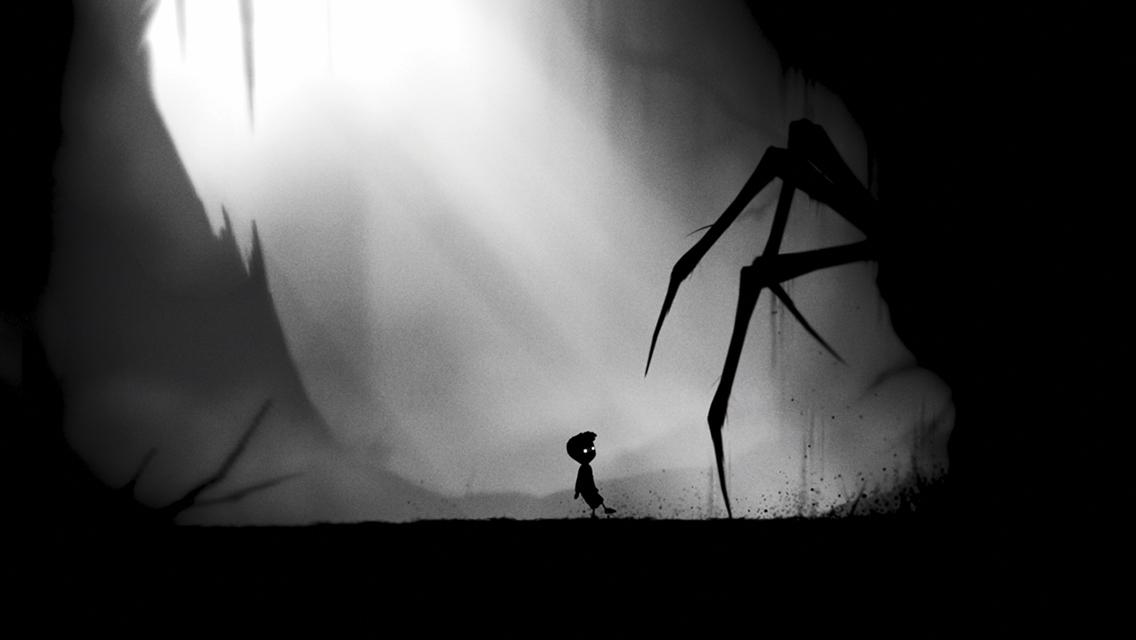

Common horror elements
Disempowerment/Imperfect protagonist – It is important in horror games to weaken the player, this makes the player feel vulnerable and wary of the environment or enemies. Most of the games I have mentioned don’t contain any physical weapons, they focus on fleeing from enemies or using the games puzzle mechanics to defeat them. Usually games are about empowering the player, this would alleviate any tension created.
Isolation – Inside, Limbo and Dark Echo are single player games that contain little to no interaction with friendly characters. Having to explore without the presence of others adds a psychological horror element to the game.
Atmosphere – Creating a good atmosphere is crucial in most horror games for them to be effective. Creating a world which the user feels they are immersed in can control their emotions easier. For horrors, sound design is especially important.
Though I have only focussed on independent games developers, here are some games that I have not touch on that share similar aspects and might also influence my project in some way:
Outlast
The Last of us
Oxenfree
Project
The three main games I focused on are good examples of what are influencing my project, they all share aspects that I would like to implement in some way. All three create a unique visual style and make the use of audio to create immersive games. I am fond of Dark Echo's use of sound to display environments. I would Like to create a 2D side scrolling game that aesthetically, shares similarities with limbo, while using an echolocation system, similar to Dark Echo.
My game will adopt Playdead's gameplay style of starting you off without providing any descriptions or diologue on how to play the game. It will be trial and error for the user to figure out how the games mechanics work. Like Limbo and Inside, the game will not necessarily have a story, but will look intriguing enough to encourage the user to explore through their own initiative. Many elements of what makes a good horror will be implemented, such as creating an imperfect protagonist and a convincing atmosphere. No health bar or visual information will be included I would like the game to appear more animation like, as if the player is watching the character through his journey.
References
[1] Who wants to be afraid – Website
[2] Mobile gaming graph - website
[3] Inside music - interview
[4] Michael Robles - Network as material



